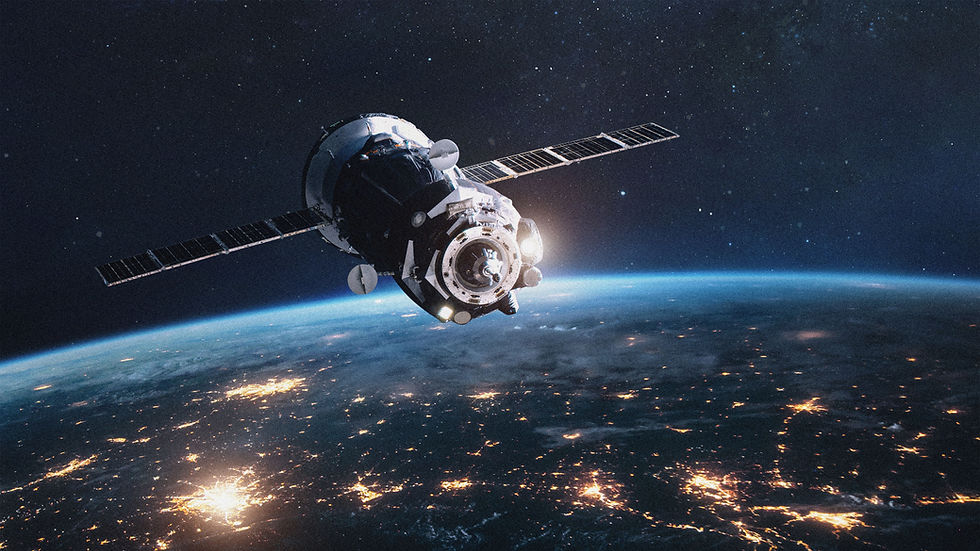Learning from NearSpaceLaunch: Guest student blogger, Colin Quinn
- Shawna Christenson
- Aug 10, 2023
- 3 min read
Recently, I have been planning one of the Wolfpack’s next and most audacious CubeSat. This mission will detect Galactic Cosmic Rays (GCRs), particles with origins outside of our solar system. These particles are one of the greatest dangers to both astronauts and satellites outside of the Earth’s magnetosphere, which protects the Earth from these rays, as GCRs are capable of destroying DNA and electronics in a very short period of time. However, many astronomers believe that by studying these particles, we can learn more about the Big Bang, the event that created most of these particles.
As the magnetosphere protects us from GCRs, this mission will need to be in orbit close to the moon, which is quite unusual for CubeSats. As such, we decided that it would be a great idea for us to partner with four different universities by integrating their own experiments into our mission. This will help give these universities real-world experience and present them with a unique opportunity to fly an experiment close to the moon. Unfortunately, however, due to the nature of the orbit, we will encounter a variety of issues that all of our previous missions have not had. To determine a solution to these issues, I decided to work hands-on with NearSpace Launch.
After a connecting flight to Indiana, I arrived in Upland, IN, a small town that houses the headquarters of NSL. I got a tour of the facility by one of the interns and got introduced to everyone in the group, who were happy to teach me a bit about what they do at NSL. After the initial tour, John Pugsley and I got hard at work. We addressed the various problems that my Mission will face, ranging from extreme temperatures to high levels of radiation. To solve these issues, John and I worked on researching a variety of components that could mitigate these issues and discussed ways to modify NSL products to deal with the extreme conditions my mission will face. We drafted a CAD model of my CubeSat and created a Block Diagram detailing the interface between the university payloads and the rest of the satellite.
When I got to the hotel that night, I got to work improving the new CAD model of my mission. I found a way to make each of the university payloads conform to the standard PC104 format, a common size of circuit boards used in aerospace. I also researched previous CubeSat missions that were launched on the Artemis-1 mission, which we could draw inspiration from. The next day, John consulted with the rest of the team about my mission and determined that my mission would require a thruster system. While generally used on larger CubeSats, this thruster would be essential for orienting my satellite, as missions close to earth use orientation systems dependent on the Earth’s magnetic field. Additionally, we determined that we could have to seal the inside of the satellite with solid aluminum in an attempt to eliminate most damage from radiation. Finally, I learned a couple of ways we can code software to mitigate radiation damage to programs.
Visiting the NSL HQ was a valuable experience. I learned quite a bit about the problems my mission would face and determined ways to solve each and every one. I learned a variety of ways to do calculations for my power budget and radiation exposure, and learned quite a bit about how real-life companies complete CubeSat missions. The experience was delightful, as everyone on the NSL team was eager to answer my questions and help me through any problems I had. Everyone was very knowledgeable about satellites and aerospace, and taught me lessons that will be invaluable for the success of this mission. After my work with the NSL crew, I feel confident in taking the next steps in my mission.





Comments